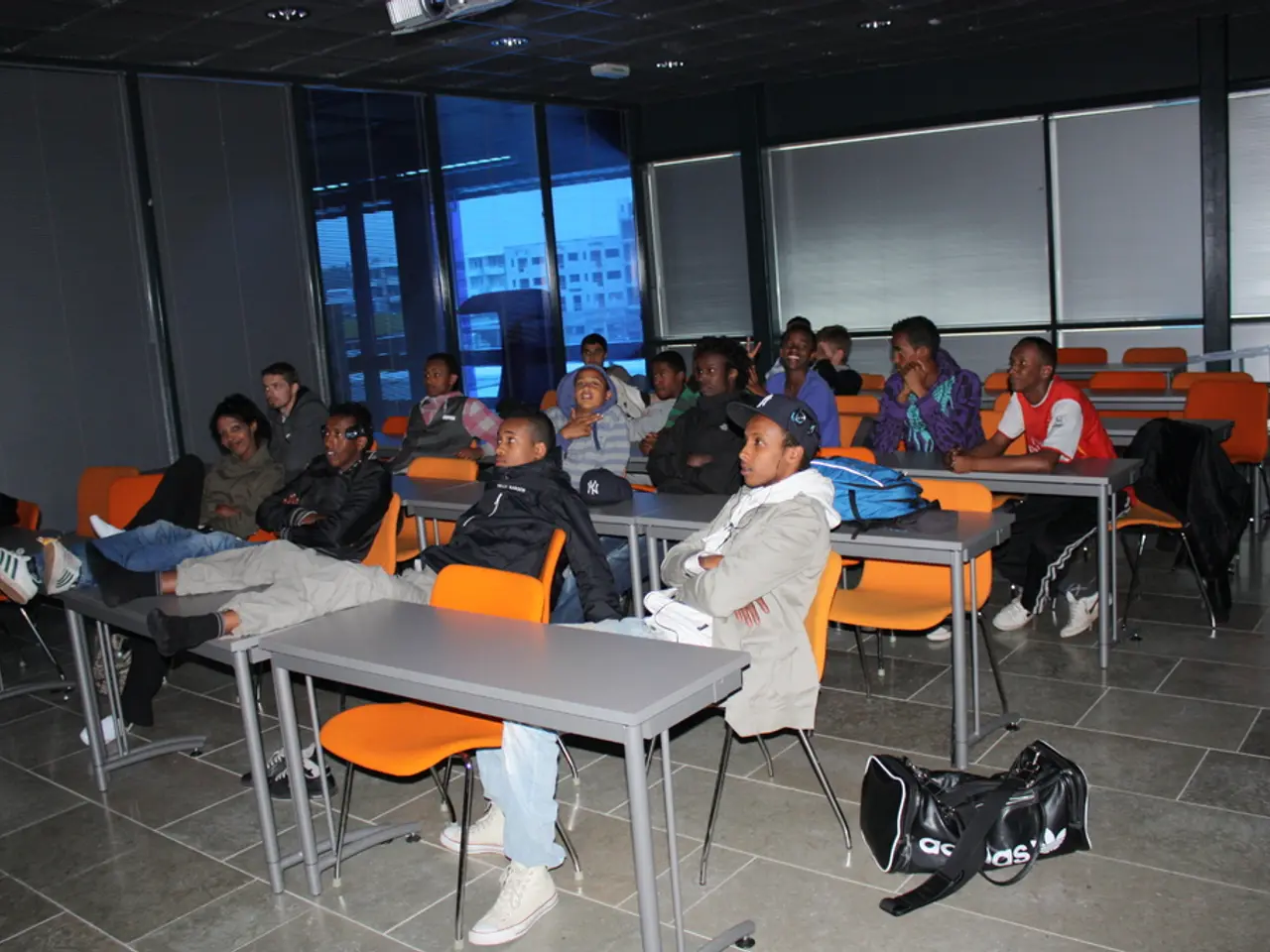Securing Confidentiality, Integrity, and Availability: 4 Strategies for School Networks to Implement the CIA Triad
School districts across the United States are taking concrete steps to improve data protection policies in response to growing concerns about student privacy. Despite the lack of publicly available search results identifying major school districts yet to make such improvements, the focus on student privacy has become increasingly prominent.
One of the key areas of concern is the use of school social media accounts. The risks they pose to student privacy should not be underestimated. To mitigate these risks, initiatives can be started gradually to build the framework for a privacy program within a district.
Working with vendors who value privacy and security is paramount for protecting student data. Many districts may be unaware of the amount of data shared with vendors and outside parties, making it essential to establish transparency and clear communication with these partners.
Cybersecurity, focusing on the technical aspect of protecting and preventing damage to electronic resources, plays a crucial role in ensuring student data privacy. However, some districts may feel they lack the capacity or resources to handle these issues effectively. In such cases, resources like the Trusted Learning Environment can provide valuable guidance for starting a privacy program.
It's important for districts that don't know where to start to reach out to peers and organisations such as CoSN and the Student Data Privacy Consortium. Making security and privacy relatable to teachers, students, and parents can increase their vigilance, fostering a culture of awareness and responsibility.
The "confidentiality, integrity and availability" (CIA) triad is a useful framework for school districts to consider when securing student data. Reducing the number of applications in use on campus can help control data sharing and access, while leadership involvement is crucial in establishing accountability for school district security and privacy.
In the face of increasing digital data, the risk of misuse by "bad actors" is higher compared to paper records. To combat this, tips for preventing and surviving school ransomware attacks are available.
School districts, regardless of size, location, technological skills, or budget, are at risk of a security incident or data breach. Establishing trust and confidence regarding student data privacy is a shared responsibility for all parties involved in education. By taking proactive steps and working together, we can ensure the protection of our students' most valuable asset: their data.
Read also:
- Cultivating Adaptable Companies: The Strength of an Educative Environment
- Heed this: There's no more room for turning back.
- International Widows' Day Highlights Anglican Church's Outreach to Widows and Families in Africa
- Leading Human Resources Leaders Poised to Assume Roles of Cultural Advocates, Guardians of Evolution, and Data Analysis Experts




